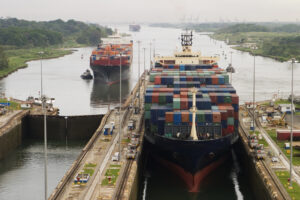Almost 70,000 additional jobs are needed for offshore wind sector between now and 2030, says the UK-based Offshore Wind Industry Council (OWIC), calling for strategy to ensure skilled and diverse workforce is available.
A new report by OWIC shows a significant increase in jobs in the offshore wind sector by 2030 – with forecast jobs exceeding 100,000 for the first time, and a dramatic surge of workers required over the next seven years.
To manage the expected offshore wind project pipeline, the industry needs to be able to attract and retain an average of 10,000 people per year. The report features recommendations for achieving this and calls for an industry workforce strategy to be established, identifying that a new approach to recruitment and retention is vital to support the huge upcoming pipeline of work.
The industry is set to employ 104,401 people by 2030 to meet current targets – an increase of 6,936 since last year’s forecast.
The UK’s existing offshore wind workforce has increased to over 32,000 – up 4% compared to the end of 2021. This includes over 17,000 direct jobs and nearly 15,000 indirect jobs. In the short-to-medium term, a rapid growth in jobs is needed as several offshore wind farms progress to the construction phase – 88,509 jobs are forecast to be required by 2026, which is over 56,000 more than today’s workforce.
The UK Government has set the industry a target of reaching 50GW of capacity of 2030, including 5GW of floating wind – up from the 13.66GW of connected offshore wind energy today.
To ensure there is a skilled workforce available to support the sector’s expansion, the report calls for a strategy to tackle skills shortages in key areas such as planning and consenting, high voltage electrical technicians, engineers, turbine technicians, and those with a range of digital skills.
It’s worth noting that the industry has committed to increasing the proportion of women working in offshore wind. This has grown by 4.6% since 2019 to 20.6% of workforce, as there is a target of 33% agreed with the Government in the Offshore Wind Sector Deal.
The report by OWIC points out that whilst this is positive, there remains much work to be done to ensure the sector reaches a better gender balance in the future.
The offshore wind industry also is making progress on ensuring that this industry becomes more diverse in terms of ethnicity. 7% of the workforce in this industry are from non-white backgrounds, compared to 3.8% in 2021.
OWIC says it is committed to meet the target of 9% of workers from ethnic minority backgrounds in 2030, and is aiming for a more ambitious stretch target of 12% if possible.



